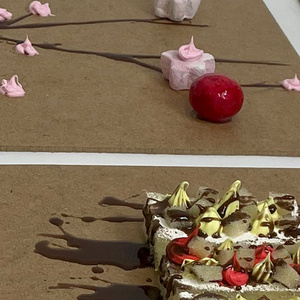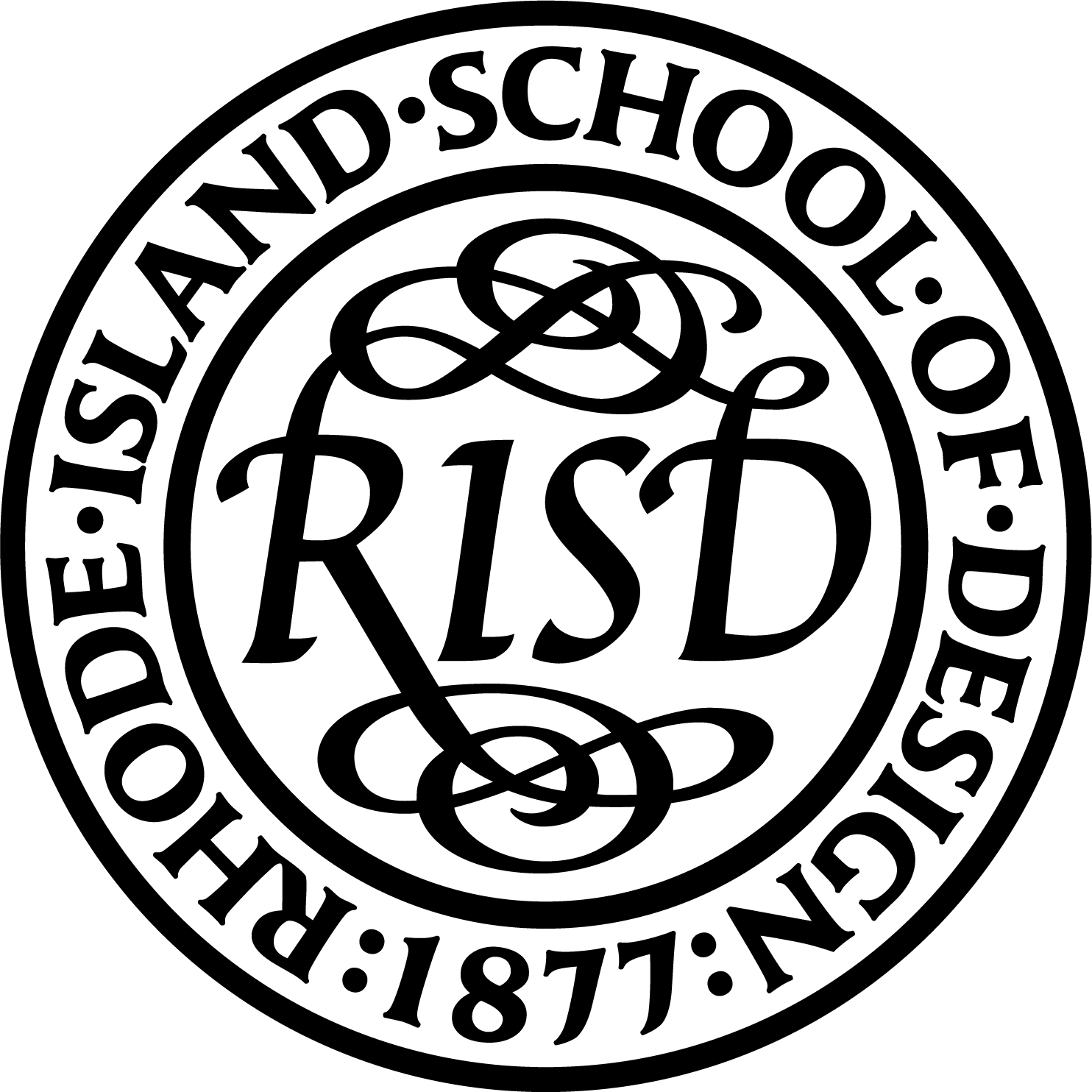![]()
biodesign
Biodesign (design with/for biology) has been a topic of inquiry at RISD since the term first gained popularity in the late 2000s. As early as 2003, students in Peter Yeadon’s FUTURE Studio were exploring applications for numerous products of biotechnology and nanobiotech, such as DNA molecular machines, dragline spider silk produced by cloned goats, tissue engineering on polymer scaffolds, bioluminescence in GMOs, and sticky byssal adhesives. Yeadon was also exploring the future of biotech at that time, and had just published his Transgenic Zoo 2020 project the year before, in 2002. By the end of that first decade of the 21st Century, Yeadon’s involvement in the synthetic biology community had increased and his NANOVATION Studio students were working with researchers to design low cost water test kits for Bangladesh that featured a new kind of whole-cell biosensor. The focus on biodesign expanded in the mid-2010s, when his GERM Studio students were working with researchers at NYU Langone Medical Center and NBBJ New York to reduce healthcare-associated infections in hospital environments, and students began working with biomaterials more frequently.
Some of that early work is featured here, along with numerous biodesign projects that have been undertaken by his students since, including work from the BIODESIGN Studio that he leads with Dr. Jennifer Bissonnette, his Biodesign NYC studio in New York City, and recent thesis projects, independent/collaborative study projects, and other graduate works that he has supervised.
The studies are presented under two broad categories – biomaterials (biological substances) and biosystems (bio-enabled systems and living systems) – although many might be characterized as both. Today, these cross-disciplinary biodesign projects continue to engage some of the most ambitious aspects of RISD’s strategic plan, NEXT.
For more information, contact:
Peter Yeadon, Professor
Department of Industrial Design
Rhode Island School of Design
pyeadon@risd.edu










